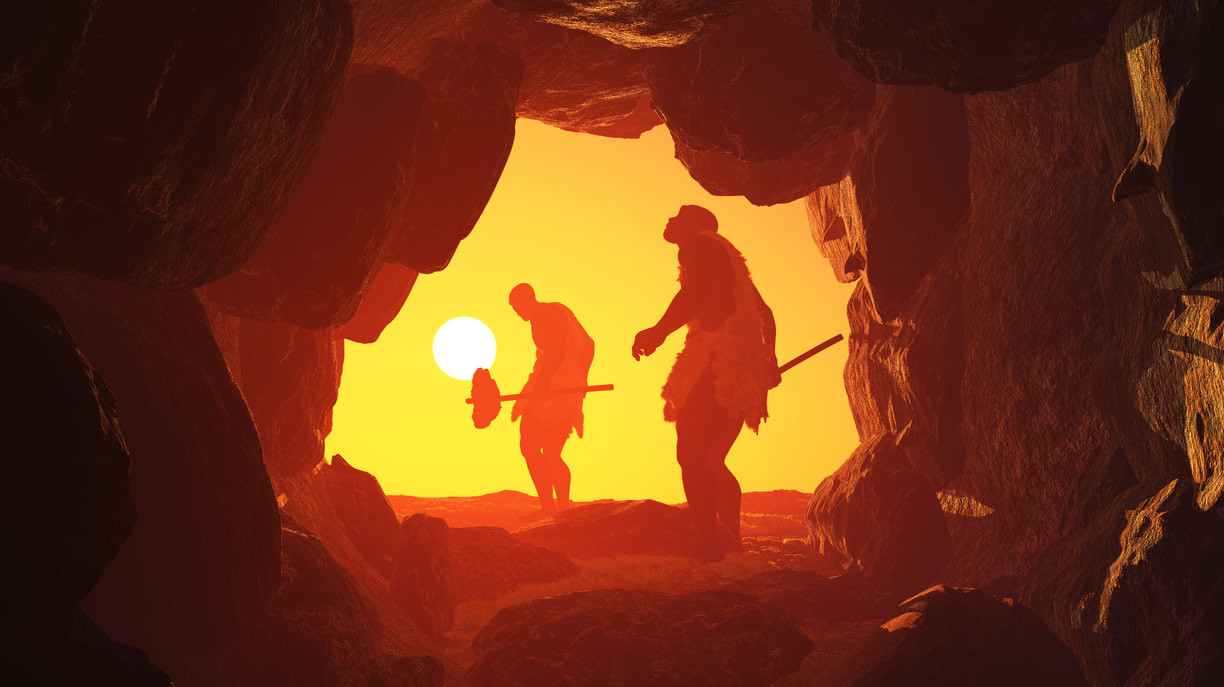The Earliest Form Of Food Storage Was A Deer's Leg Bone
Back in the early Paleolithic era, between 220,000 and 400,000 years ago, some prehistoric humans living in a cave in what's now central Israel made a remarkable discovery: They didn't have to eat all their food as soon as they caught it! They could save it for a later, more lean time.
So what food did they decide to save? Why, a deer's leg bone, so they could dig out the marrow! Pretty ingenious, right? (I mean, if you didn't know any better, would you think of it? I sure wouldn't. I'm in awe of the early human geniuses who figured out bread.)
A team of Israeli and Spanish archaeologists recently figured this out, Haaretz reports, after they noticed some strange markings on some deer leg bones they found in Qesem Cave. These bones were from the part of the leg that doesn't have meat on in. They were also not the same as the marks from scraping fresh skin. After some experimenting, the scientists concluded that the marks came from scraping dry skin. And why would anyone want to scrape dry skin off the bone? The scientists thought about it for a while and concluded that the skin was dry because it hadn't been scraped immediately; it had been stored. They tried storing some of their own deer feet in similar conditions and discovered that the marrow was edible for up to nine weeks afterward, and maybe longer, since it wasn't exposed to the air. Instead, these early humans, when they got peckish, would scrape off the skin and break the bone with a hammer. Which seems like a good thing to do when you're hangry.
Early humans may have used this method with other animals besides deer, too. The scientists who made this discovery are hoping that their colleagues will go back and re-examine bones that they collected for further evidence.
A footnote: It was discovered earlier this year that elephants were living in Italy as recently as 300,000 years ago, and humans were eating the marrow from their legs. But they ate that fresh, not aged.
